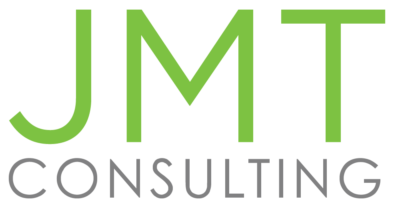Donors want to know if their donations are impacting the work of your nonprofit through its mission. Increasingly, this means telling your story through numbers—something that nonprofits don’t always do well. Marc J. Epstein, co-author of the book, Measuring and Improving Social Impacts: A Guide for Nonprofits, Companies, and Impact Investors, says that “The need for better clarity on mission and the proper data to collect is one of the biggest challenges…. Many organizations have few measurements in place and rely on anecdotes for their evidence and for their reporting to the public and their various stakeholders.”
This approach is not acceptable to donors, regulators, board members, and other key stakeholders who want to see a real return on investment. Thus, Epstein says, “An increasing number of nonprofits have developed measures of the outputs of their organizational activities. But we know that measuring outputs is not the same as measuring success [outcomes] on the goal of increasing social impacts.”
Sharing your story with outputs and outcomes
In other words, output and outcome are not the same. Barbara Ferrara and Jessica Gonzalez, regional managers of the Chesterfield County Public Library in Virginia analyze the difference between these two numbers and share their importance in telling your story. They agree with Epstein’s statement, noting that outputs indicate how much was done, while outcome tells the difference that has been made—in other words, the impact. These two metrics complement each other, and are important to providing a full picture of an activity’s result.
For example, the library held three programs attended by 65 people—the output. The outcome of these programs is that participants learned to use household objects to develop their social skills and prepare for kindergarten.
Ferrara and Gonzalez further define outcomes as a change in skill, knowledge, attitude, behavior, condition, or status. For instance:
- A skill is what someone can do, such as a customer creating a budget.
- Knowledge is what an individual knows, such as understanding the citizenship process.
- Attitude is what a person feels or thinks about something—attendees want more lifelong learning, for example.
- A behavior is how someone acts, e.g., a student researches scholarships.
- A condition is how an individual’s life changes. An increase in English literacy is a good example.
- Status is a person’s social or professional standing. An outcome would be a patron being promoted to a higher-paid position.
Together, outcomes and outputs can be used to create an indicator, a measurable condition or behavior that shows an outcome was achieved. An indicator looks like this:
[Person or group] [reports, demonstrates, exhibits] a [skill, knowledge, behavior] in a specified [quantity, timeframe, or circumstance].
When describing the outcome observation to an audience, use this kind of statement:
As a [type of user] I want [some goal] so that [some reason].
As Ferrara and Gonzalez note, “Remember, the story is about the customer, it is not details of the steps taken by the staff to get to the outcome.”
Tell your tale with technology
Numbers are the backbone of your nonprofit’s story, and two of the most important are outputs and outcomes. With continual requests from donors and others about your organization’s performance, you need real-time access to these and other key metrics. That’s where cloud-based fund accounting software comes in. Visual dashboards with drill-down capability instantly show the status of your programs, and flexible reporting lets you create a compelling picture that speaks to your audience.
Not sure where to start? Turn to JMT Consulting, the nonprofit financial management specialists. We’ll design a technology solution that not only measures outputs and outcomes but also gives you the tools to achieve your desired outcomes. Contact us today for more information.

Tom Thornton
CHIEF OPERATING OFFICER, JMT CONSULTING
Tom brings over 15 years of experience with software solutions for not-for-profit and public sector organizations as part of Micro Information Products, Sage and nFocus Software. Tom’s extensive industry and operational experience allow him to guide the overall execution of all aspects of JMT’s business including Marketing, Sales, Delivery and Support. In addition to his experience in professional services, sales, and business development with software solutions, Tom was Director of Product Management for Sage Software, where he was responsible for new product development for all of their nonprofit accounting and fundraising solutions. Under Thornton’s leadership, Sage MIP Fund Accounting received three consecutive Campbell Awards recognizing MIP’s extremely high user satisfaction.






No comment yet, add your voice below!